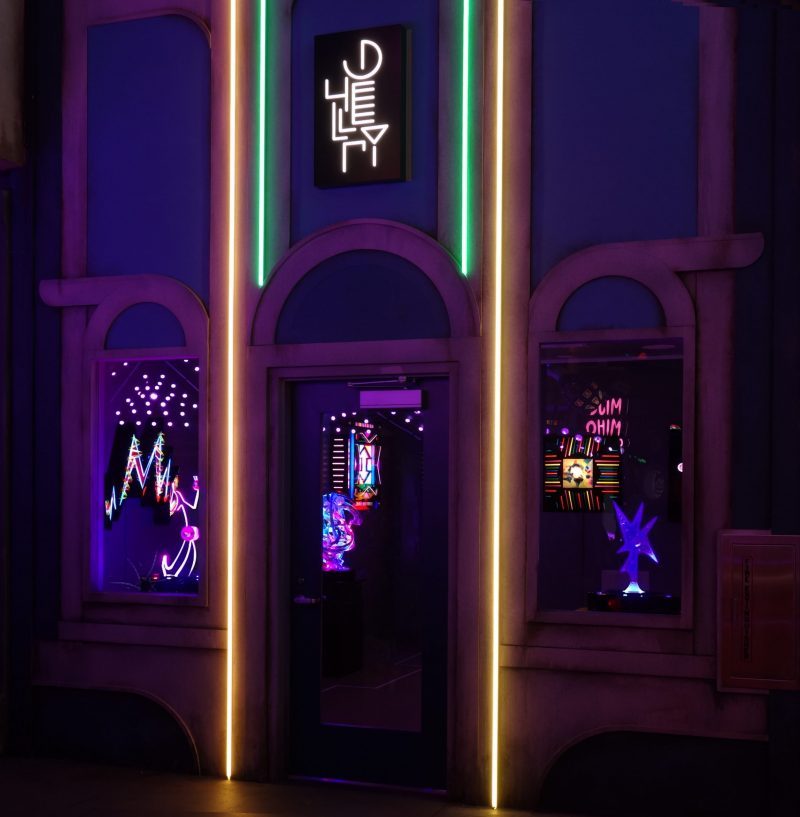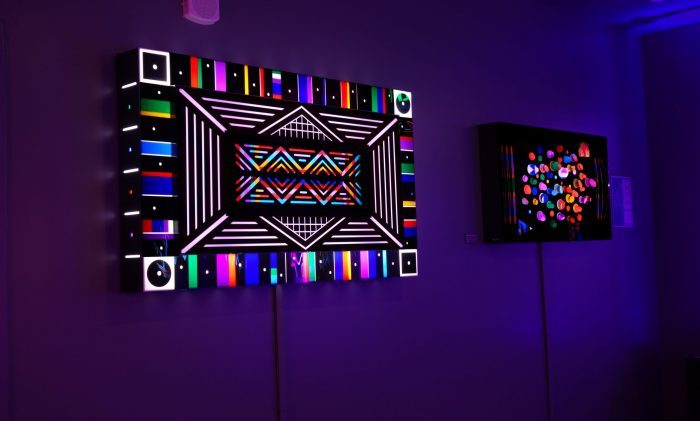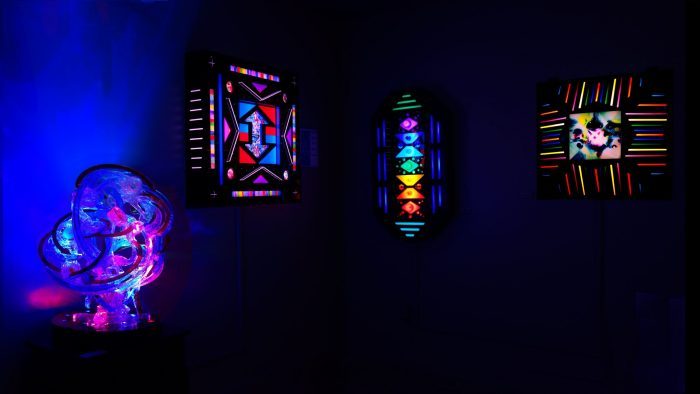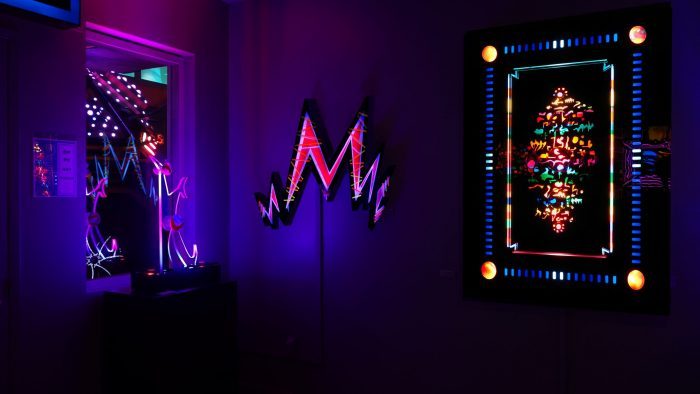On Nov. 24, 2021, Meow Wolf Denver posted this on its Facebook page with accompanying photographs:
Nov 25
One Year Ago: Lumonics at Meow Wolf Denver
Nov 19
Space Saga at Lumonics Immersed
We just placed Space Saga by Mel Tanner in the performance room at Lumonics. We converted it to LED so it can be orchestrated during the light and sound immersion. It had been in storage for a long time!
Like so many of Mel’s wall sculptures, it looks flat from a distance until you start to get closer to it and see its dimensionality.
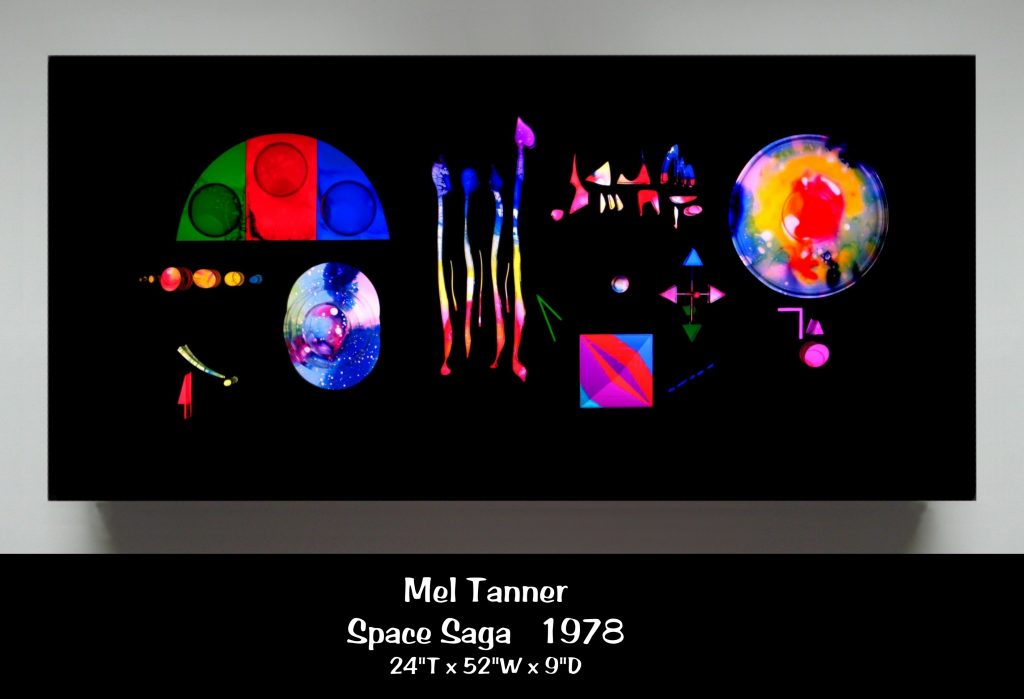
Nov 15
From the Archives: Denver Mayor’s Award
From the Archives: 2018
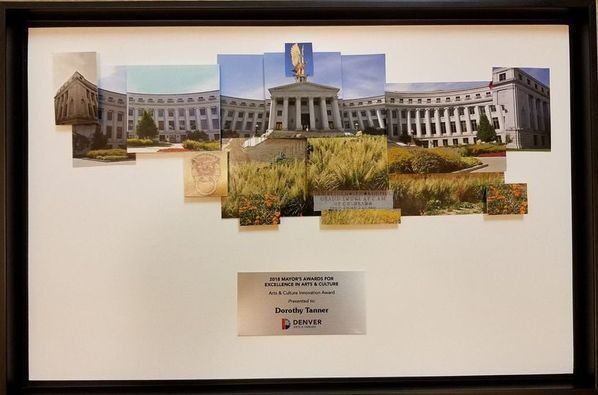
plaque created by Access Gallery
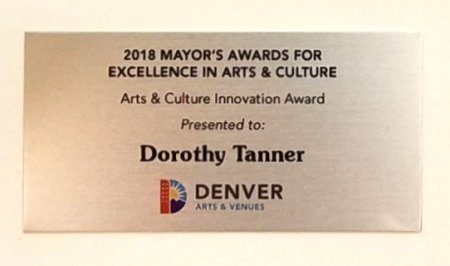
plaque created by Access Gallery
Thank you to Mayor Hancock and the City and County of Denver for presenting the 2018 Arts & Culture Innovation Award to Dorothy Tanner.
A special note of appreciation to Tariana Navas-Nieves, the Cultural Affairs Director at Denver Arts & Venues, Shanna Shelby, Program Administrator at the McNichols Civic Center Building, and their support team for their help in making Dorothy’s Lumonics Mind Spa installation such a success.
Thank you to Brooke F. Dilling, Becky Grupe, and Suzi Q. Smith.
Dorothy was 95 years old when she received the award.
Nov 14
13 Years Ago: Lumonics at Union Station
Dorothy Tanner & Mel Tanner Exhibit
Union Station Fund-Raiser for The Welcome Arch
17th at Wynkoop, Denver
11.11.09
Fund-raising event to reconstruct the Welcome Arch, which had over 2000 lights on it when it was at the front of the Station from 1906 to 1931.
Thanks to Michael Schenkelberg and his associates at 5280 Live and our friends at Colorado
Artist Network (CAN) for the honor of being part of this event.
Gov. Hickenlooper (now Senator) stopped by to say hello!

New Year’s Arch (1910) Union Station, Denver
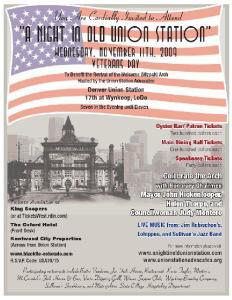
Event Flyer
Artwork Selected to Display
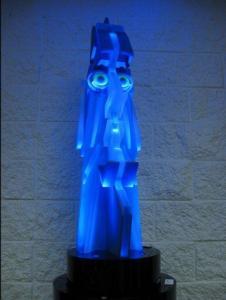
Blue Man by Dorothy Tanner
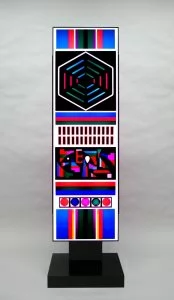
Native Spirit by Mel Tanner
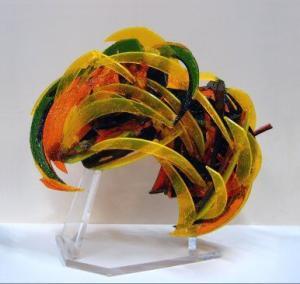
Surge by Dorothy Tanner
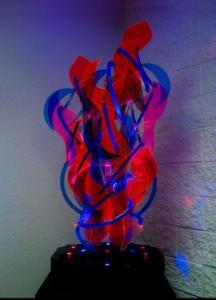
Fire Dance II by Dorothy Tanner
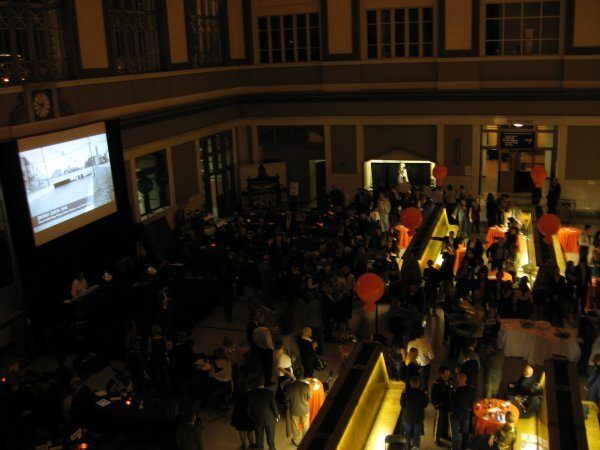
Main floor of Union Station
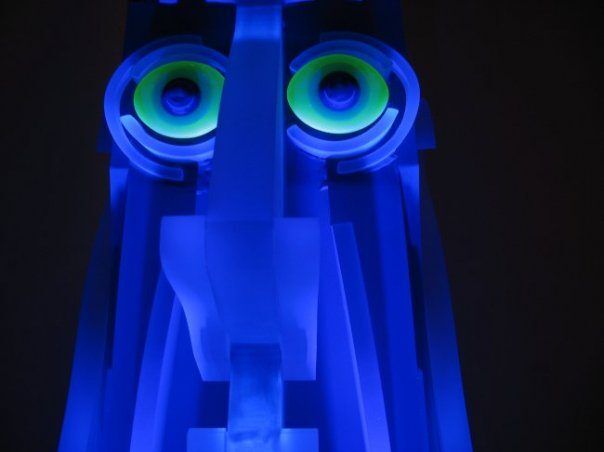
Blue Man by Dorothy Tanner (detail)
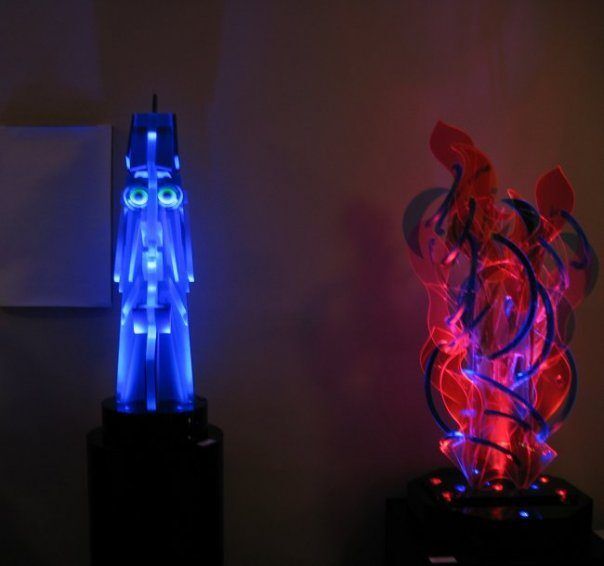
Blue Man and Fire Dance II
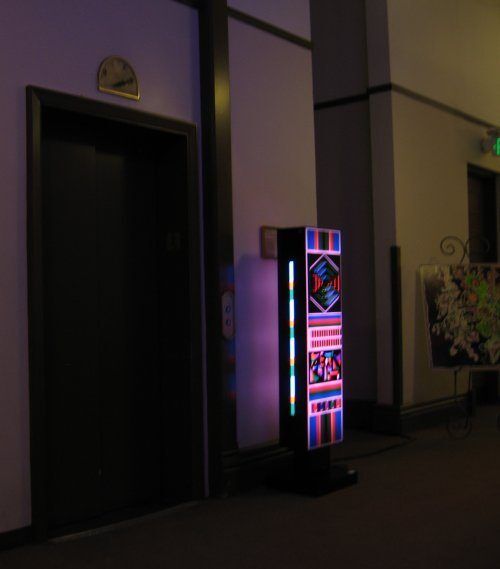
Native Spirit by Mel Tanner
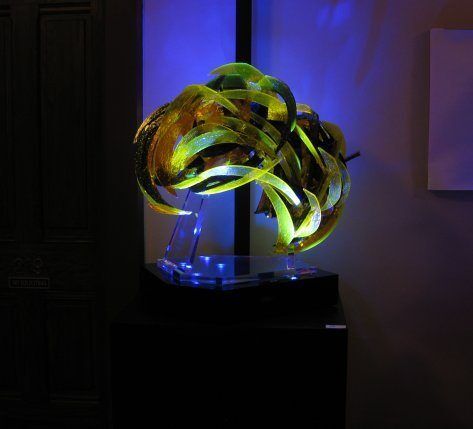
Surge by Dorothy Tanner

